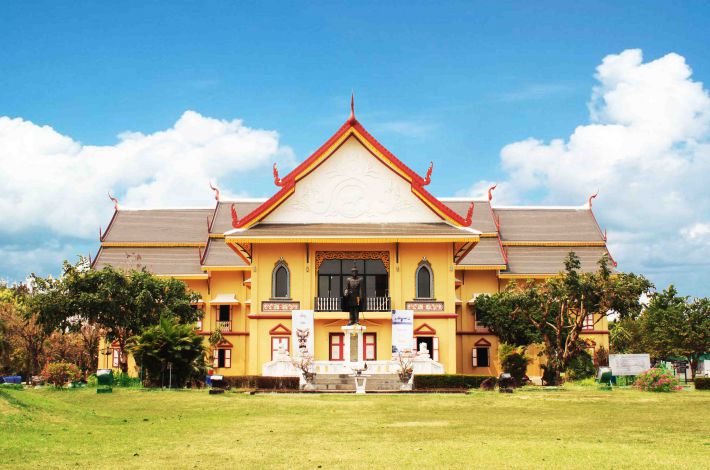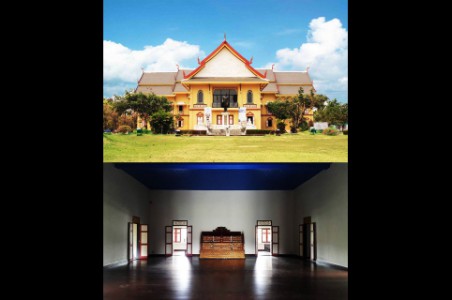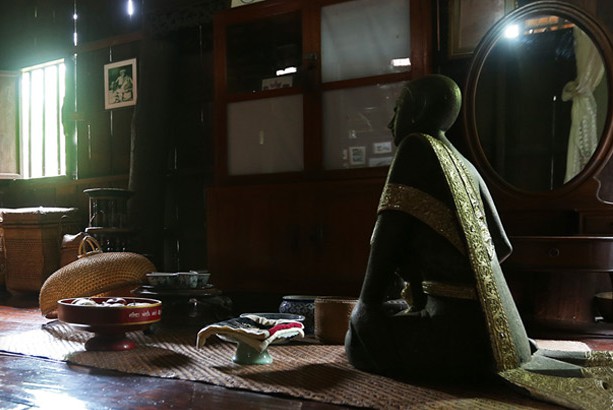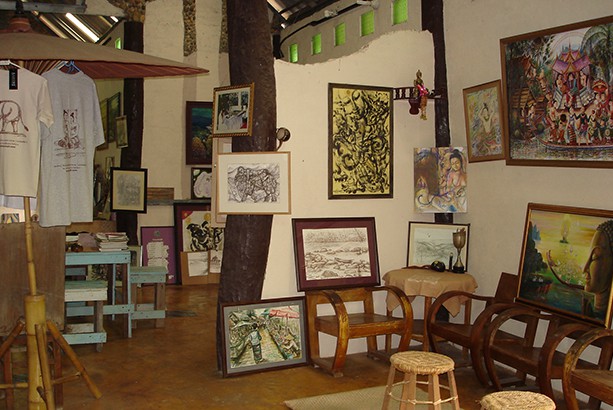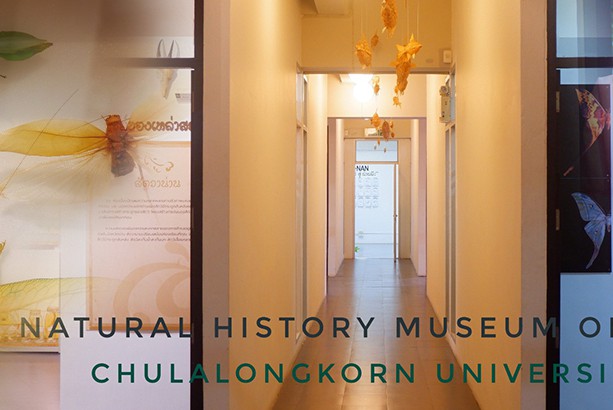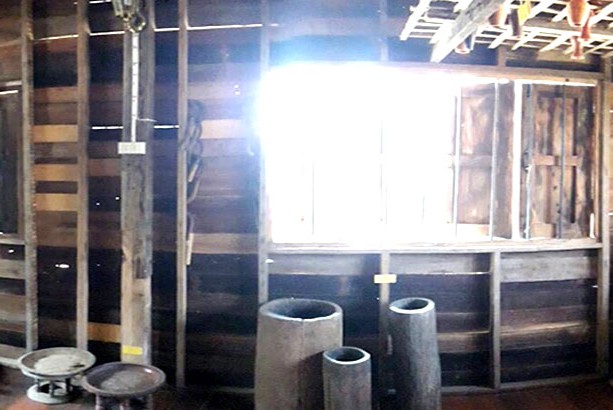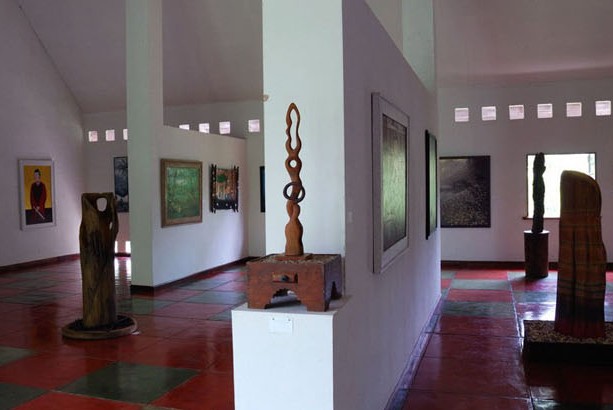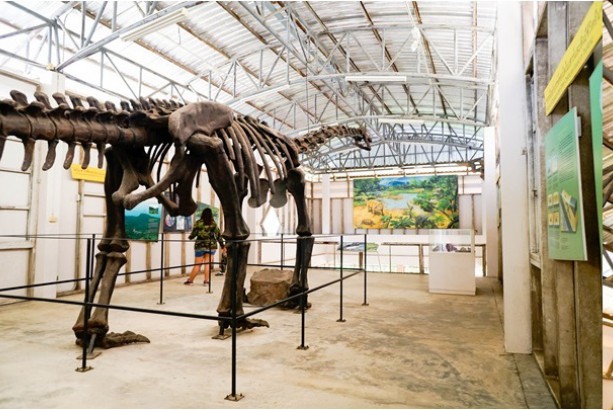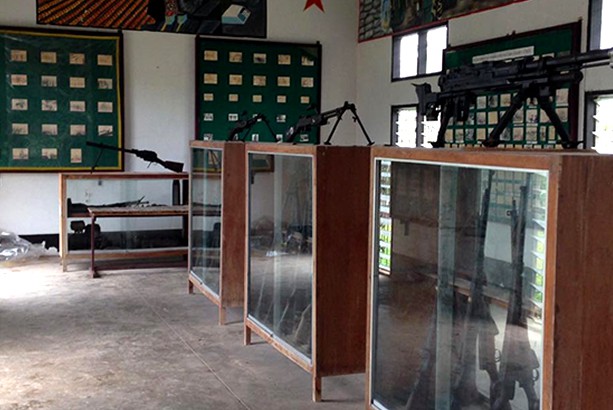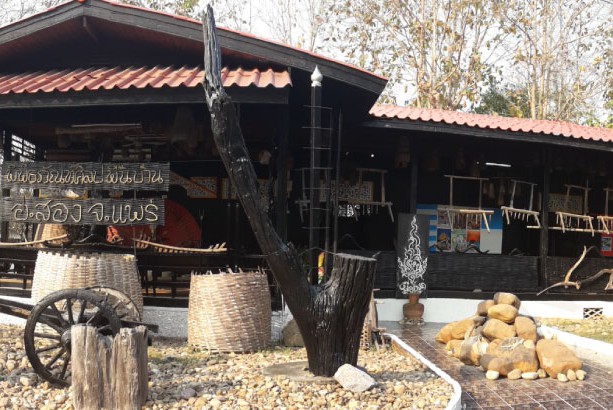Gallery
Information
Nan National Museum
Located on the Pha Kong road, the museum was built in 1903 by Phra Chao Suriyapnong Phalidet, the penultimate lord of Nan, when he wanted to renovate his wooden residence. His successor, the Chao Maha Brahma Surathada, spent his lifetime in this building, and after his death his heirs donated it to the Thai government in 1931, with a request that it be used as a town hall for the province of Nan. In 1973, the government constructed a new town hall building and inaugurated the present museum. There is a regular schedule of renovation work, making this one of the most updated of all the museums in Thailand – you will even find many English labels for the displayed items, which is otherwise uncommon in Thailand.
Management
Organization Museum
Important / Interesting artifacts
Exhibits in the Museum
history, archaeology, local architecture, royal regalia, weapons, ceramics, and religious
The museum has two floors, with the ground floor being devoted to the province’s ethnic groups, and the first floor displaying exhibits on Nan history and architecture. The ethnic groups represented are the northern Thais, Thai Lue, Htin, Khamu, Mabri, Hmong and Mien. In addition, you will also find fine specimens of textiles, utensils and tribal costumes, as well as silverwork of historical significance. In the second floor, you will find exhibits that deal with Nan history, such as royal regalia, ceramics, weapons that were used in battles as well as temple art and architectural styles. In fact this floor is divided into two sections, with the predominant one being the main hall used by the lords of Nan as their royal court. In addition there are several smaller rooms in the north and south wings, displaying a rare collection of Buddha statues in the Lana style and local floppy-eared style. The wooden statues, displaying the Luang Prabana influence, are depicted with their hands pointed towards the ground and in the side of the body, which is the “calling for rain” posture.
The pride of place, however, is held by a magnificent 97 cm long and 47 cm diameter elephant tusk, which was originally supposed to have been offered 300 years ago to a Nan king, in obeisance to him, by the Khun lord of Chiang Tung (Kengtung). The tusk is blackish or reddish brown, and sits atop a wooden Garuda structure. If you are further interested in delving into Thai history and archaeology, you can buy books in an adjacent building.
Map
Address And Contact Number
Telephone : 054-710 561 และ 054-772 777
Fax : 054-772 777
Website : http://www.finearts.go.th/nanmuseum
Operating hours
Under renovation
Reopen in 2018
Admission fee
Admission is 20 baht for Thai citizens and 100 baht for foreigners.
Getting There
The Nan National Museum is situated on route 101. Before entering the town turn left to go to the museums.
Proper for General Public
Proper for Children
Credit Card
Advanced Booking
Please inform museum in advance.
FACILITY
Available in museum area




 ขยายขนาดตัวอักษร
ขยายขนาดตัวอักษร



 เพิ่มระยะห่างตัวอักษร
เพิ่มระยะห่างตัวอักษร

 เส้นช่วยในการอ่าน
เส้นช่วยในการอ่าน
 เน้นการเชื่อมโยง
เน้นการเชื่อมโยง
 ปรับชุดสี
ปรับชุดสี








 NIGHT AT THE MUSEUM FESTIVAL
NIGHT AT THE MUSEUM FESTIVAL  E-Shopping
E-Shopping 
